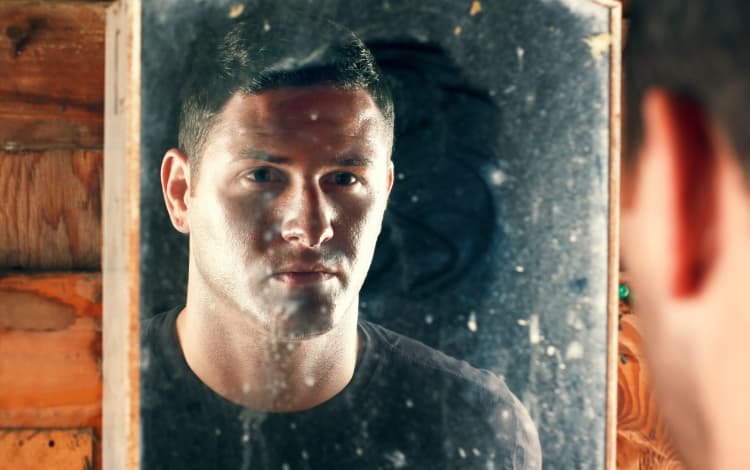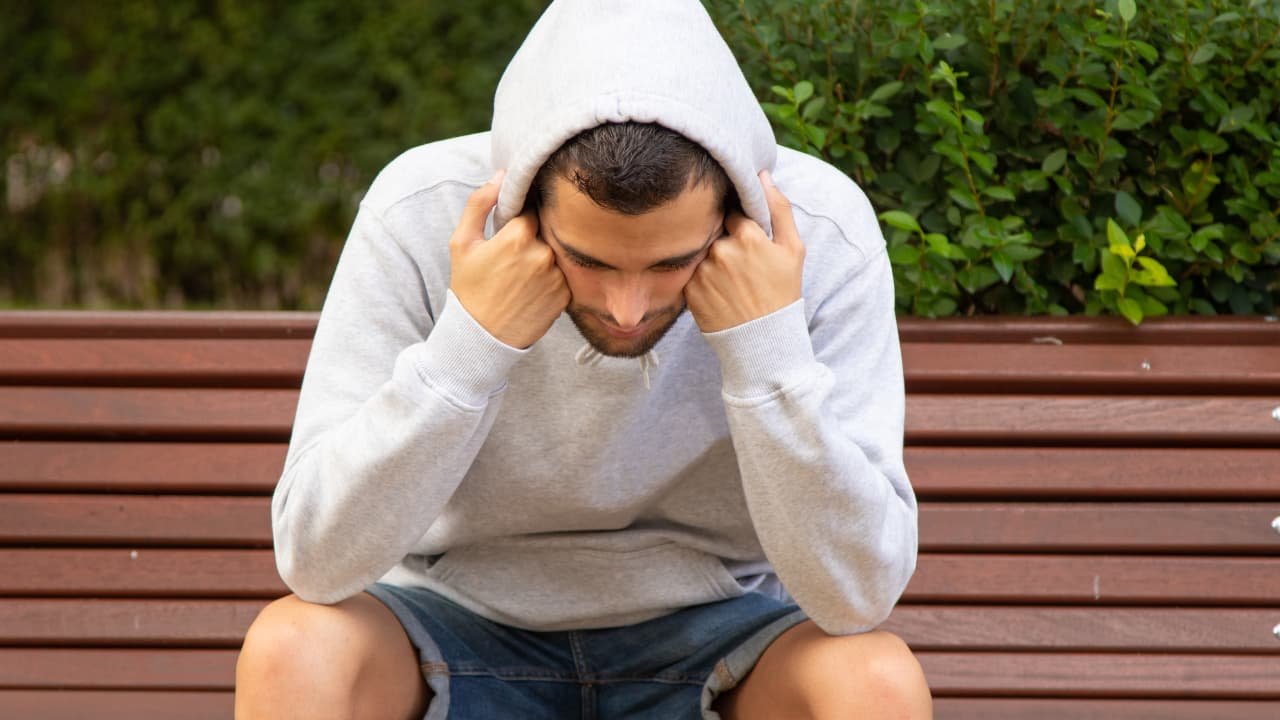LGBTQ Mental Health: A Crisis That Continues To Increase
Despite significant progress in social acceptance and legal recognition, LGBT individuals are still more likely to experience depression, substance abuse, anxiety, suicidal ideation, and other mental health challenges due to social stigma, discrimination, and lack of support.
The mental health needs and challenges of LGBTQ people deserve to be acknowledged, understood, and supported. And there is an urgent need for more resources and support for the LGBT community.
This article provides a starting point for understanding the issues.
It examines the LQBT+ community's unique challenges and explores coping strategies and available resources to promote mental wellness to the most vulnerable.
Distinct Mental Health Challenges within the LGBTQ+ Community
To understand the mental health difficulties LGBTQ individuals face, we must examine the unique challenges they experience compared to the general population.
1: Minority Stress
Minority stress clarifies the mental health disparities experienced by the LGBTQ+ community, suggesting that additional stressors, such as discrimination, stigma, and victimization, result from their marginalized status. These stressors negatively impact mental health and contribute to increased mental health disorder rates.
Internalized homophobia, biphobia, and transphobia can intensify these stressors leading to low self-esteem and negative self-image, ultimately affecting LGBTQ+ individuals' mental well-being.
2. Elevated Prevalence of Mental Health Disorders
Research consistently indicates that gay, lesbian, and bisexual adults have higher rates of mental health difficulties such as depression, anxiety, PTSD, substance abuse, and suicidality than their straight counterparts.
This higher prevalence of mental health issues is attributed to many factors, such as financial anxiety, physical health, self-compassion, alienation, and negative experiences related to their LGBTQ identity.
Concealing one's sexual orientation or gender identity may also explain this disparity, as it can cause feelings of isolation and loneliness.
The Trevor Project reports that approximately one out of three LGBTQI+ youth reports poor mental health because of discriminatory anti-LGBTQI+ policies and legislation. Suicide risk is higher among LGBTQ+ youth and transgender individuals.
Studies also reveal that LGBTQ+ youth are over four times more likely to attempt suicide than their heterosexual peers, while nearly half of transgender individuals report suicidal ideation.
3. Specific Challenges within the LGBTQ+ Community
While the LGBTQ+ community is often seen as a whole, it's essential to recognize that there are different subgroups within this community. In so doing, we must recognize the specific LGBTQ mental health disparities that each subgroup experiences.
For instance, transgender, bisexual, and genderqueer individuals may face unique mental health challenges compared to lesbians or gay men.
Recognizing these disparities and developing tailored interventions that consider their specific needs and experiences are essential for promoting mental health equity and well-being across the entire LGBTQ+ spectrum.
Intersectionality's Impact on LGBT Mental Health
1. Multiple Minority Identities
Intersectionality, coined by scholar Kimberlé Crenshaw, acknowledges that individuals with multiple marginalized identities face unique challenges. LGBTQ+ individuals may confront additional layers of stress and discrimination due to factors such as race, ethnicity, religion, and socioeconomic status intersecting with their sexual orientation and gender identity.
Mental health challenges for LGBTQ+ individuals with disabilities also require addressing with cultural competency and a holistic approach that considers multiple identities.
2. The Significance of Inclusive Spaces and Support Systems
Strong support systems are crucial for LGBTQ+ individuals' mental wellness. Family, friends, community members, and LGBTQ+-affirming mental health care providers can offer acceptance, understanding, and specialized care.
Online and social media support networks also play a vital role in connecting LGBTQ+ individuals, especially those who feel isolated.
It goes without saying that within a healthy gay relationship, intra-partner support plays a significant role when either of the partners is going through an emotionally challenging time.
3. Parental and Familial Support
Supportive parents and family members are vital in fostering LGBTQ+ youth's mental health and emotional resilience.
In addition, encouraging open communication, providing unconditional love, and actively educating themselves on LGBTQ+ experiences can lead to a more positive self-image and improved mental fitness for LGBTQ+ individuals.
Hilary Duff, a famous American actress, once wrote: “The love you have for your child is so much greater than any challenge you'll face as a parent, and that's what helps you through.”
Cultivating LGBTQ Mental Health Support
1: Educating Allies
Allyship is vital for LGBTQ+ mental wellness.
Allies can provide a safe and welcoming space for LGBTQ+ individuals to exist as they are and express their gender and sexuality without fear of judgment or discrimination. They can also help reduce societal stigma and create an environment where LGBTQ+ people can thrive and be authentic.
Effective allies must learn about LGBTQ+ experiences, understand the terminology, listen to community needs, and advocate for LGBTQ+ rights and inclusive policies.
2. Establishing Inclusive Spaces
Safe spaces where LGBTQ+ individuals can express their identity openly are essential for mental well-being. Schools, workplaces, and community organizations must promote inclusivity and acceptance.
Peer support groups and mentoring programs offer valuable resources and connections, reducing feelings of isolation and enhancing mental wellness.
3. Inclusive Workplace Policies
Inclusive workplace policies and practices significantly impact LGBTQ+ employees' mental health. Therefore, employers should review how they support the LGBTQ community.
Companies must focus on offering employee assistance programs (EAPs), implementing diversity and inclusion training, and adopting non-discrimination policies to create a safe, supportive, and equitable work environment.
As part of their commitment to LGBTI inclusion, they should abide by United Nations LGBTI standards. In addition, corporations interested in promoting LGBTQ inclusion and diversity should join the Partnership for Global LGBTI Equality and Open for Business, which is a network of major companies that support LGBT+ inclusion.
4. LGBTQ-Inclusive School Interventions
Implementing LGBT+-inclusive curricula, anti-bullying policies, and easily accessible counseling services in schools fosters a safe environment for LGBTQ+ students.
While this is a hotly debated matter globally, affirmative schools that create a more inclusive culture and encourage respect for diversity help LGBTQ+ students thrive academically, socially, and emotionally.
In addition, educators should train staff to understand better, recognize, and address the unique psychological needs and emotional experiences of LGBTQ+ students. This will also help reduce the risk of suicide and other mental health issues among youth.
Coping Strategies and LGBTQ Mental Health Resources
1. Self-Care Techniques
Self-care is vital for maintaining mental, emotional, and physical well-being, as it can alleviate stress, boost mood, and foster overall health.
Here are some self-care strategies that can be incorporated into most routines:
Mindfulness practices: Meditating, practicing deep breathing, or trying progressive muscle relaxation can help focus thoughts, calm the mind, and ease anxiety.
Physical activity: Regular exercise, such as walking, jogging, swimming, or yoga, helps to relieve stress, elevate mood, and enhance overall health.
Sleep hygiene: Prioritizing a consistent sleep schedule and developing a soothing bedtime routine to encourage restful sleep.
Healthy diet: A balanced diet abundant in fruits, vegetables, whole grains, lean proteins, and healthy fats supports both physical and mental well-being.
Social connections: Nurture relationships with friends, family, and loved ones through frequent communication, shared activities, or support groups.
Hobbies and interests: Pursue activities like reading, writing, painting, gardening, or playing a musical instrument, to alleviate stress and foster relaxation.
Journaling: This can help to record thoughts and emotions to process feelings, gain insights, and monitor personal growth.
Time management: Establish a daily routine, set achievable goals, and break tasks into manageable steps to minimize stress and maintain control.
Remember, self-care practices differ for each individual. Discover the techniques that suit you best and incorporate them regularly into your daily or weekly routine to foster overall well-being.
2. Professional Help and Therapeutic Interventions
One of my favorite quotes is by Leo Buscaglia, an American author and motivational speaker. He once said: “The easiest thing to be in the world is you. The most difficult thing to be is what other people want you to be. Don't let them put you in that position.”
Counseling, therapy, and support groups can address mental health concerns effectively. Cognitive-behavioral therapy (CBT), dialectical behavior therapy (DBT), and acceptance and commitment therapy (ACT) are evidence-based approaches proven effective for LGBTQ+ individuals.
Finding LGBTQ+-affirming mental health care providers who understand the community's unique challenges is essential.
3. Resources and Support Organizations
Numerous national and international organizations, such as ILGA Europe, The Trevor Project, GLAAD, and the It Gets Better Project, are dedicated to promoting LGBTQ+ mental health and well-being.
Online resources provide valuable information and assistance, including crisis hotlines, forums, and educational materials.
Please view my resources page for a list of organizations that provide support services tailored to LGBTQ+ and gay individuals. It also includes associations providing resources for people interested in learning more about LGBTQ+ issues and becoming allies.
My Closing Thoughts on LGBTQ Mental Health
While we have made significant progress in promoting LGBTQ+ rights and acceptance, it remains crucial to acknowledge and address the mental health disparities within the community.
By understanding the unique challenges faced by LGBTQ+ individuals, cultivating supportive environments, and providing effective resources, we can work collectively to ensure mental wellness for everyone.
Encourage open dialogue, practice allyship, and create inclusive spaces, as mental health is an integral aspect of our journey toward a more equitable and compassionate society.
As a gay therapist specializing in working with gay men, I understand our community's distinct challenges and experiences. If you're queer and struggle with mental health issues, remember you're not alone. Seek help from an LGBTQ-affirming therapist, support groups, and local community resources.
Seeking a gay therapist who understands your experience as a gay man?
Are you facing a mental health challenge? Feeling stuck and unable to move forward? Counseling can help you unlock emotional resilience and a more fulfilling life.









